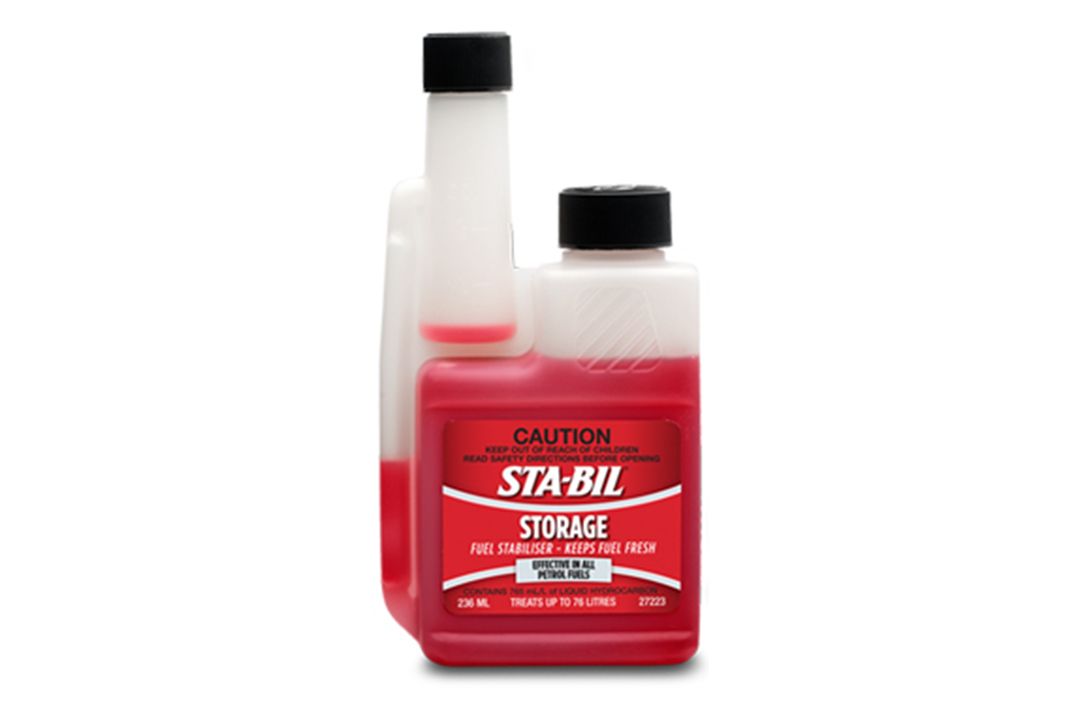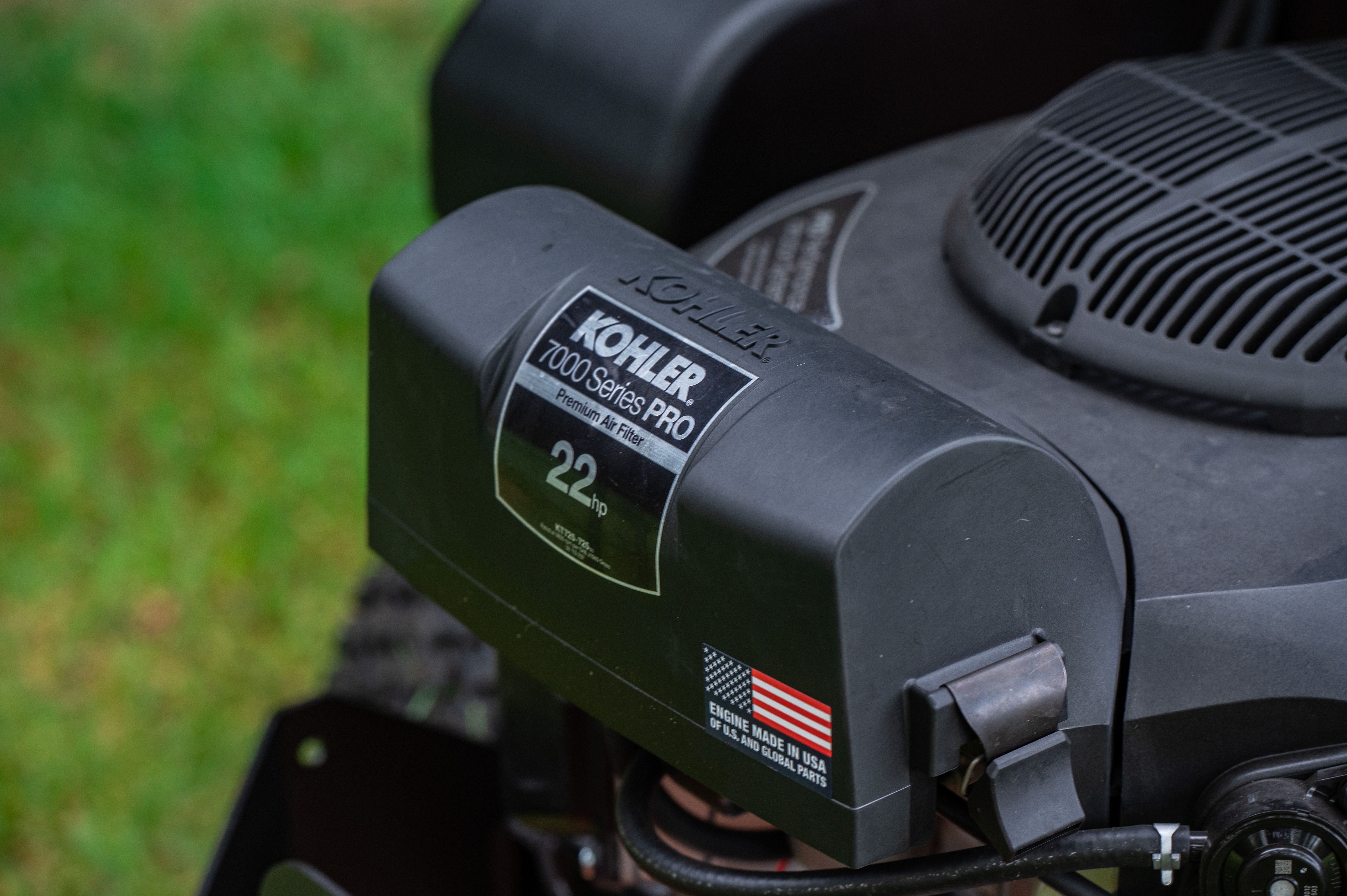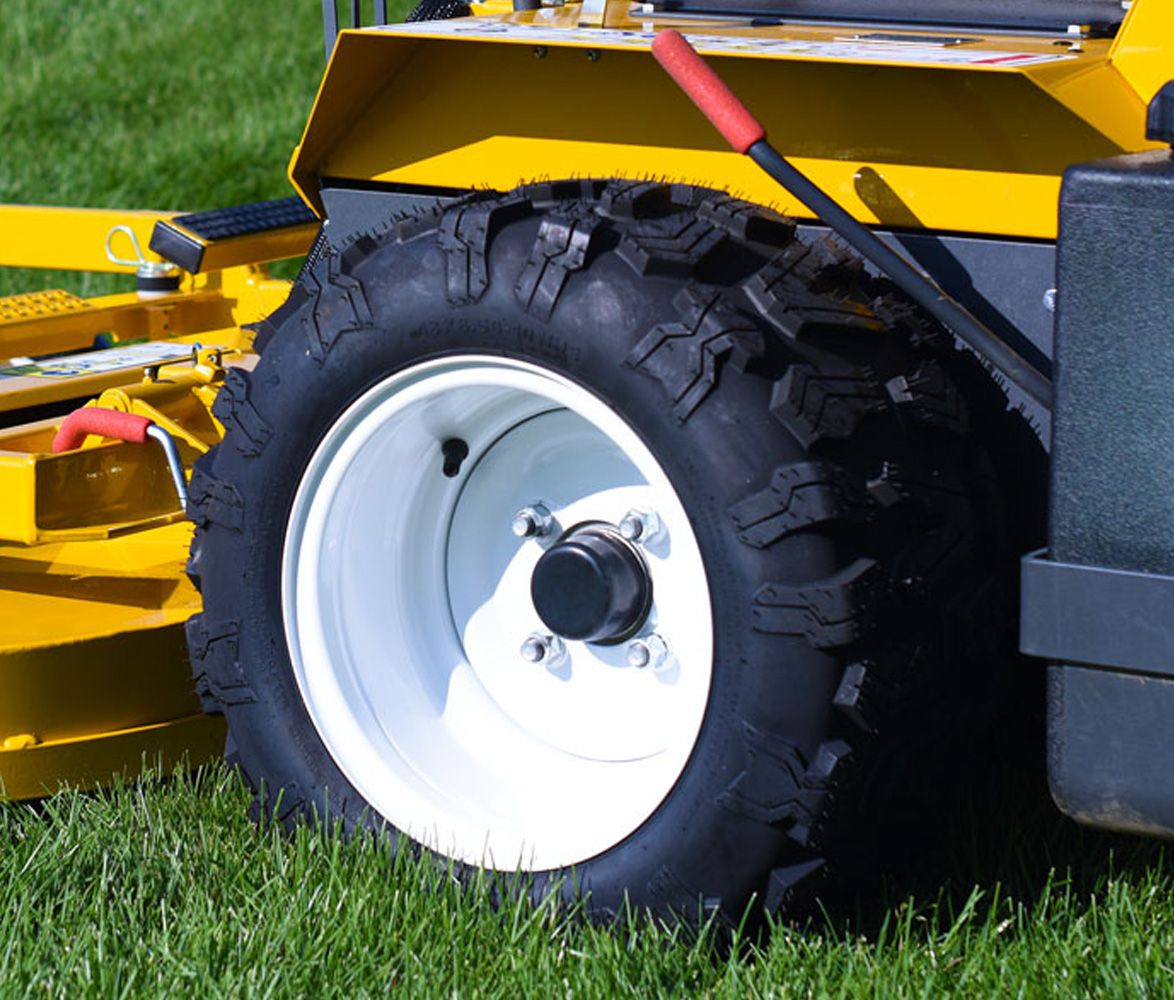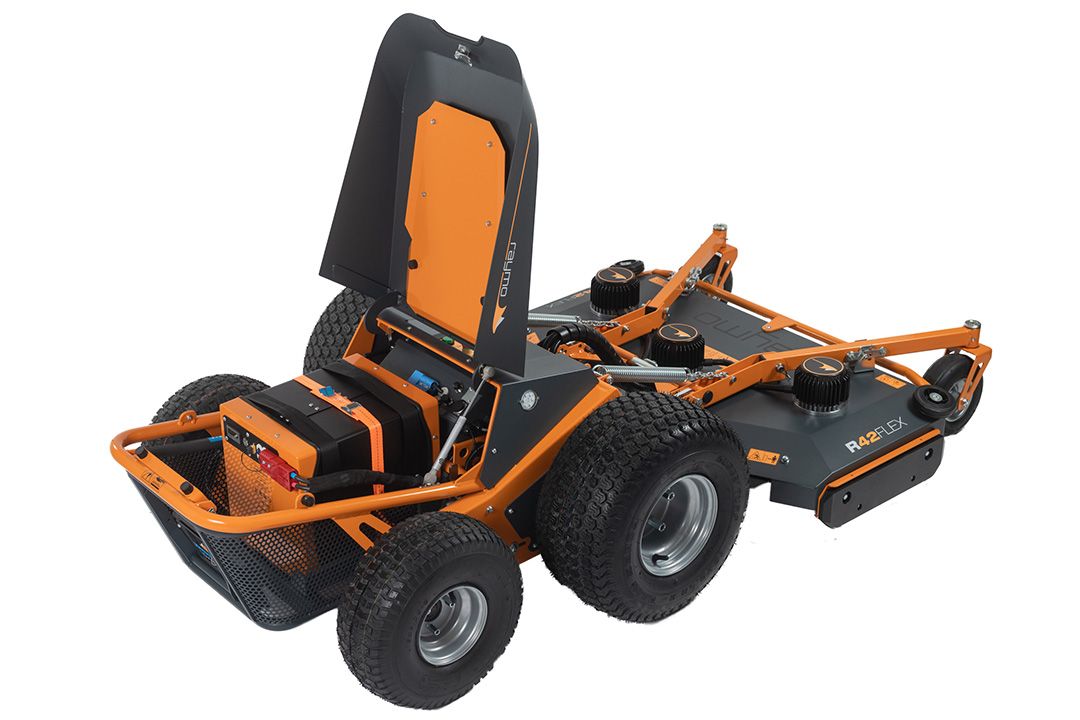Winter Mower Maintenance Checklist for Mowing Contractors
9 June 2025

The mowing season may be mostly wrapped up, but for contractors, your equipment is your livelihood. Proper winter maintenance isn'tjust about extending lifespan -it's about minimising costly downtime and ensuring your machines are ready to earn from day one next season. Here's a crucial checklist to prepare your commercial mowers for winter.
1. Comprehensive Clean
Before anything else, thoroughly clean your mowers. Remove all grass, dirt, and debris from every part of the machine – deck, engine bay, cooling fins, and wheels. Remember to start with compressed air and/or vacuum before moving to water or a pressure washer if the manufacturer allows (some don’t).Accumulations of debris, in particular grass, hold moisture, leading to rust and corrosion, and can mask underlying issues. Use pressure washers carefully, avoiding direct spray on electrical components, bearings, and seals. A clean machine makes inspection easier and prevents long term damage.
2. Fuel System Management

Leaving fuel in tanks over winter can lead to stale fuel issues, gumming up carburetors or injectors, and causing hard starts or poor performance. You have two primary approaches:
- Fuel Stabilisation: Add a highquality fuel stabiliser to every tank like Sta-Bil and/or Diesel Bug Treatment. Once added, run the engine for a good 10-15 minutes to ensure the stabiliser circulates through the entire fuel system, including fuel lines and carburettors/injectors. This keeps fuel fresh and prevents varnish buildup.
- Run Dry: Alternatively, run the machines until they completely run out of fuel. This eliminates any old fuel from the system entirely. Check with your engine manufacturer if this is recommended.
3. Oil and Filter Change
Change the engine oil and oil filter before winter storage. Old oil contains contaminants and acids that can corrode internal engine components over prolonged periods. Use the manufacturer recommended oil type and filter. This ensures a clean start for lubrication when operations resume.
4. Air Filter Inspection and Service

Scag Liberty Z Air Filter
A clean air filter is nonnegotiable for engine health and efficiency. Remove and thoroughly inspect the air filter. Clean carefully, or replace it according to the manufacturer's guidelines. For commercial use, filters often need more frequent replacement due to higher dust exposure. A compromised filter allows abrasive particles into the engine.
5. Spark Plug/Ignition System Check
For petrol engines, remove and inspect the spark plugs. Look for excessive wear, fouling, or carbon build-up. Clean any deposits or replace the plugs if worn. Ensure the correct gap is set. For diesel engines, a general inspection of glow plugs and fuel lines is advisable.
6. Blade Sharpening and Inspection
Sharp blades are essential for clean cuts and reducing strain on the mower. Remove all blades for sharpening or replacement. Inspect them for any cracks, bends, or excessive wear. While the blades are off, thoroughly check blade spindles, bearings, and mounting hardware for any play, damage, or wear that might affect balance or safety.
7. Comprehensive Lubrication
Apply grease to all grease points – typically identified by great nipples – using a suitable grease gun. Pay attention to wheel bearings, deck pivots, and any moving parts specified in your machine's manual. Lubricate cables, linkages, and control mechanisms. This prevents rust, reduces friction, and ensures smooth operation when the season kicks off.
8. Belt and Pulley Assessment
Inspect all drive belts for cracks, fraying, stretching, or glazing. Ensure they have the correct tension. Examine pulleys for any signs of wear, chips, or misalignment. Replace any belts that show significant wear. Loose or worn belts lead to power loss and potential breakdowns.
9. Tyre Pressure and Condition

All terrain tyre
Check and adjust tyre pressures to the manufacturer's recommended levels. Inspect tyres for any cuts, bulges, or excessive wear. Proper inflation helps maintain stability and an even cut, and prevents the tyres going out of shape during the off season when in storage.
10. Battery Maintenance

Raymo with the battery
Remove the battery. Clean the terminals thoroughly. Store the battery in a cool, dry place where it won't freeze or be prone to moisture. Connect it to a trickle charger or smart charger regularly, to maintain a full charge throughout winter. This prevents sulfation and ensures the battery holds its charge for spring.
11. Secure Storage
Store your commercial mowers in a clean, dry, and secure location, ideally indoors. If outdoor storage is unavoidable, use robust, breathable covers to protect them from the elements and pests.
Following this robust winter maintenance schedule is a smart investment for any contractor. It minimises unexpected breakdowns when the busy season hits and extends the productive life of your valuable equipment.
12. Consider a full service
For complete peace of mind, book your mower in for a full service with OMC where we will take care of most of the above proactive maintenance requirements, enabling your mower to be ready to go at the start of spring.
If you require professional assistance with your commercial mower maintenance, or for any advice on preparing your fleet, contact the experts at OMC Power Equipment. We're here to help keep your business running smoothly. Call us on 0800 662 669.